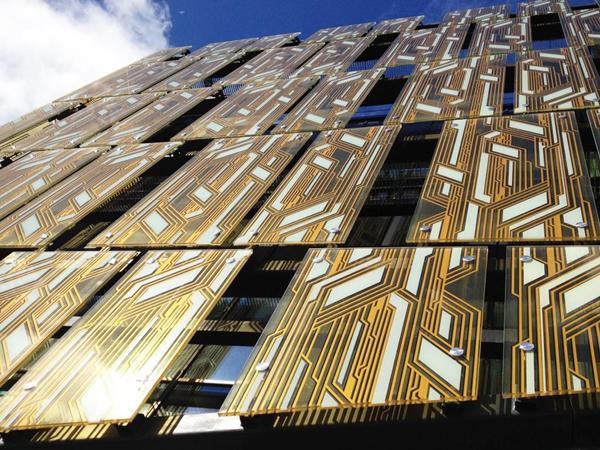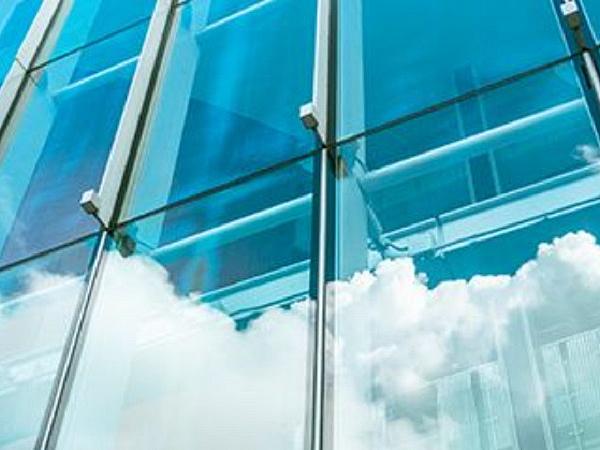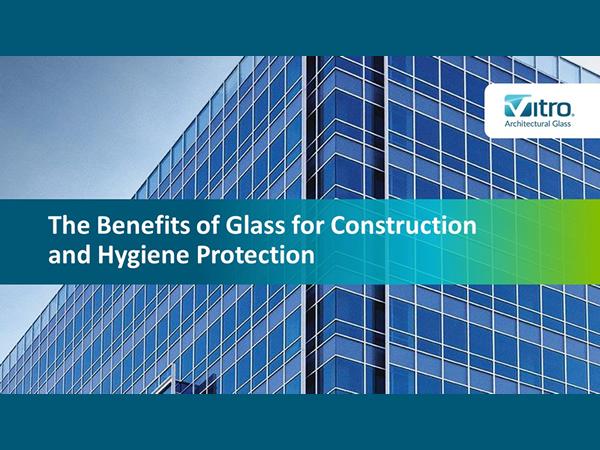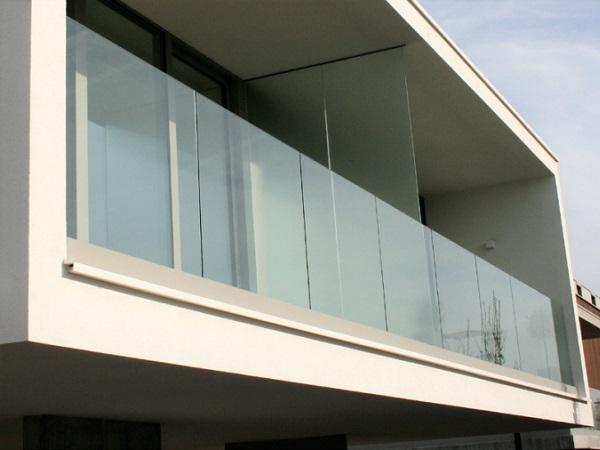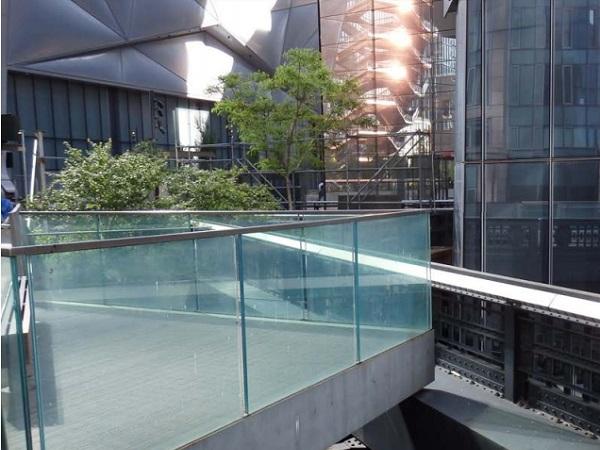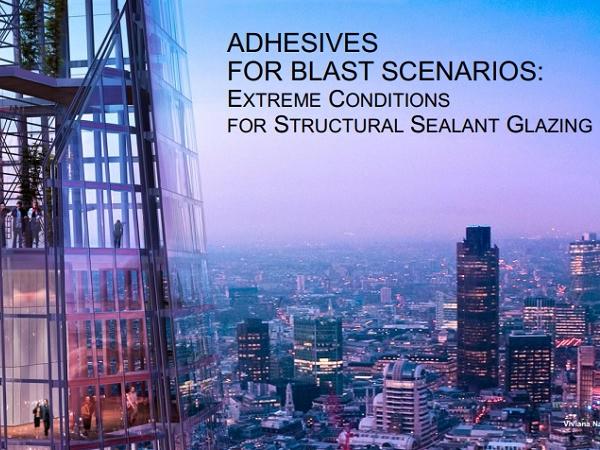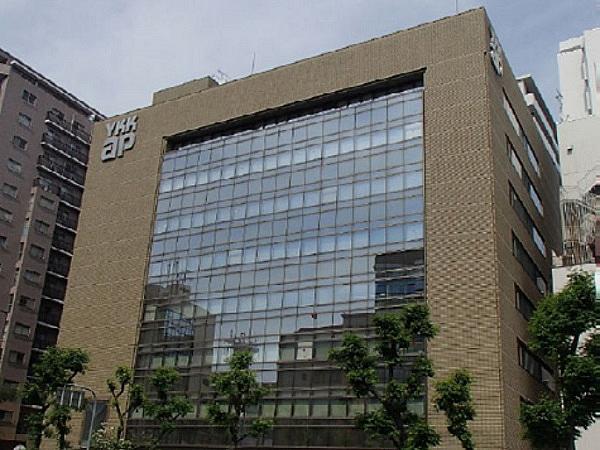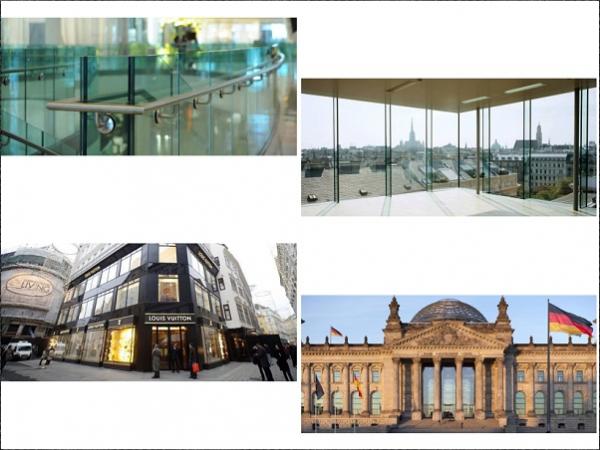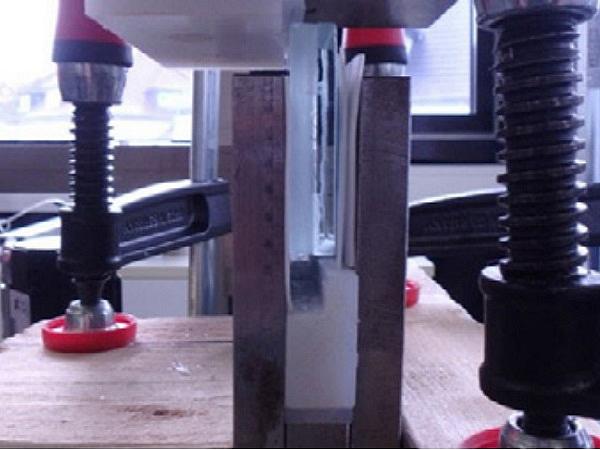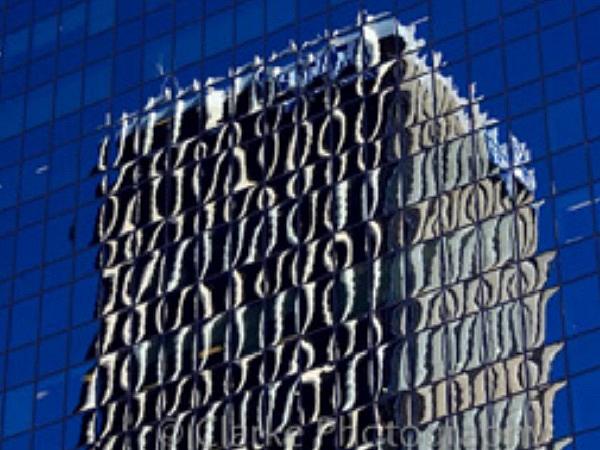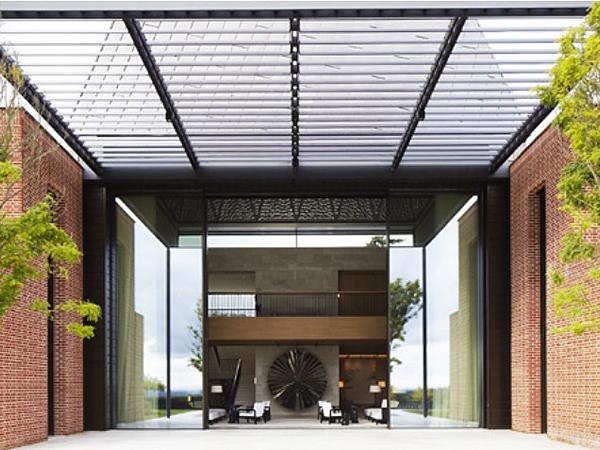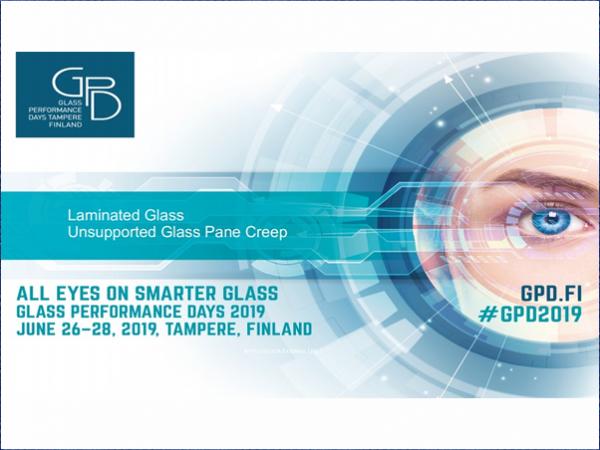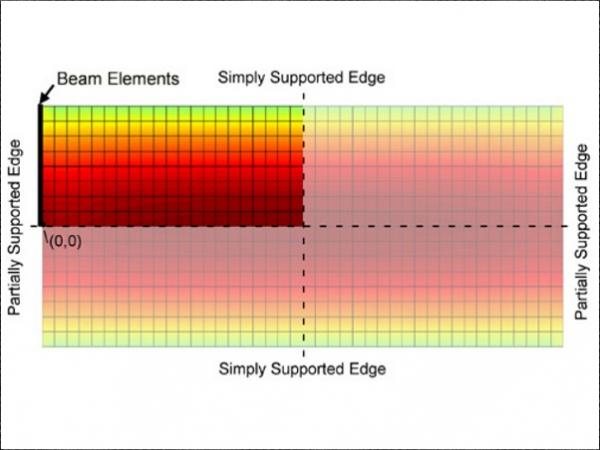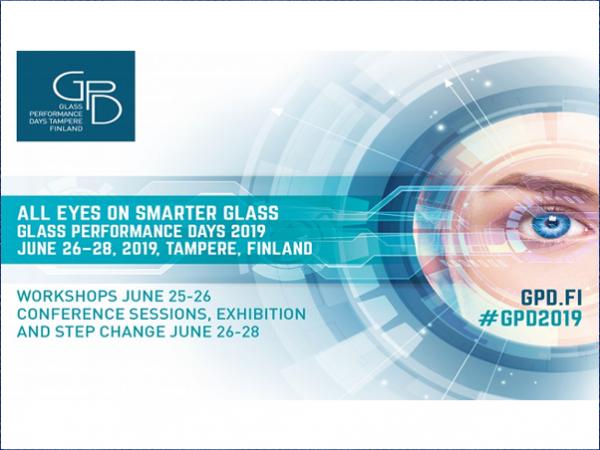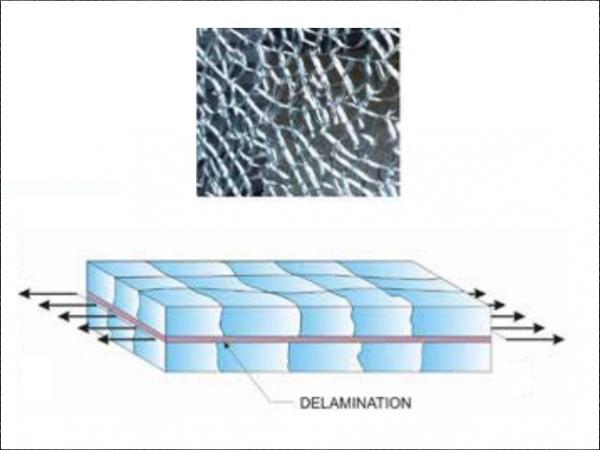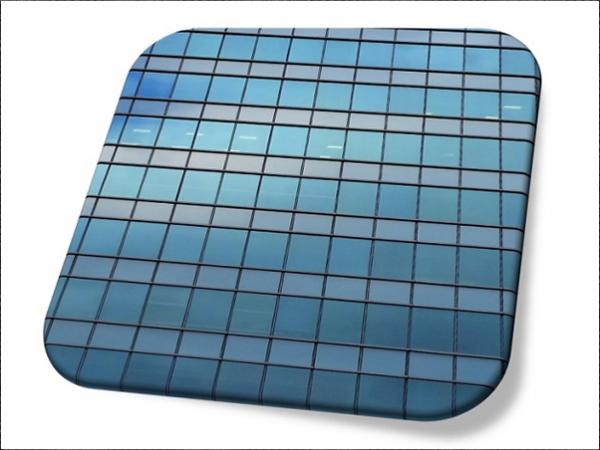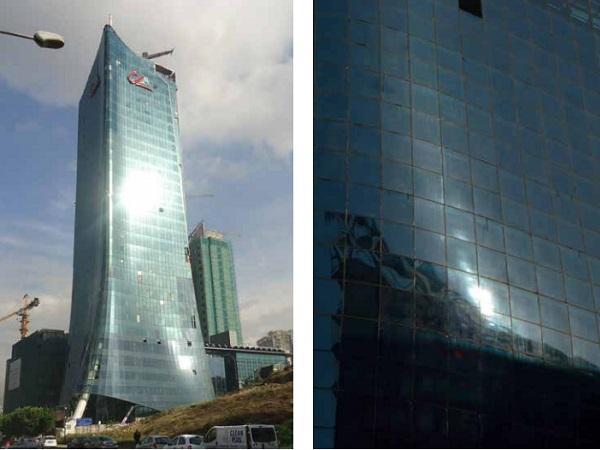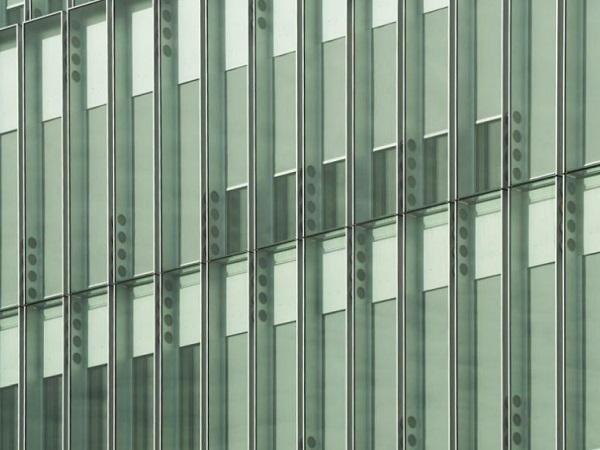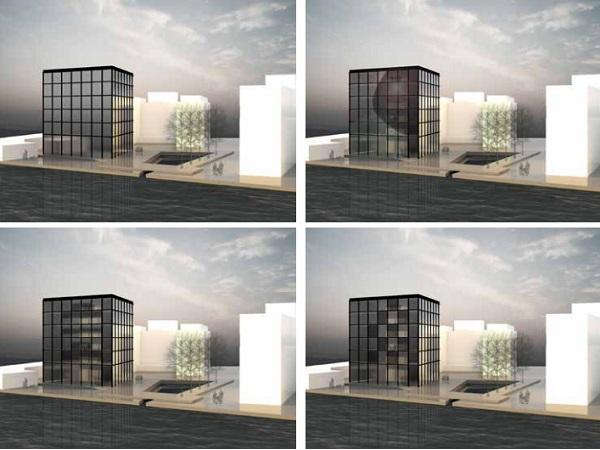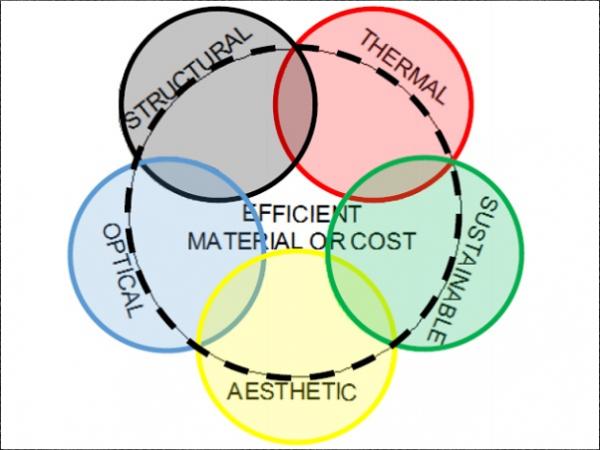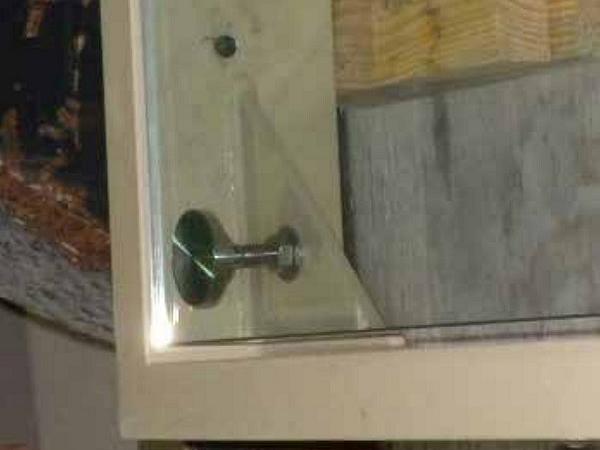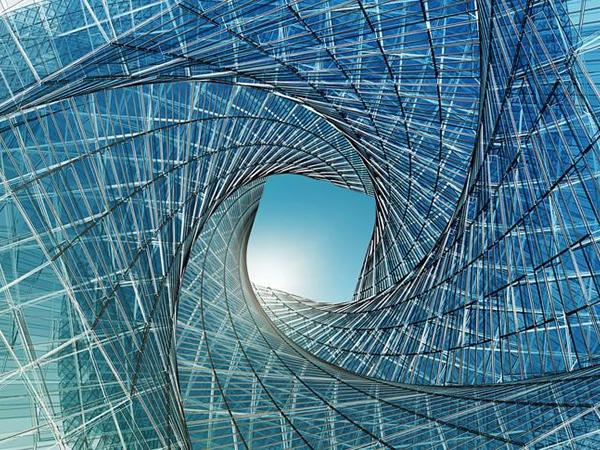Others also read
| Traditional uses of glass have been reinvented by two architectural firms, who artfully use glass and interlayers to achieve very different design goals.
| Noise as one of the major pollutants in our environment and society
| According to the American Bird Conservancy (ABC), glass collisions claim the lives of up to a billion birds annually in the U.S.
| For over four thousand years, the lustrous, hard, and inert characteristics of glass have made it one of the world’s most desirable and frequently used building materials.
| Time-temperature superposition principle is widely used to generate interlayer modulus properties in the form of mastercurves for use in glass design.
| This paper presents an evaluation of the use of annealed laminated glass incorporating the stiffer PVB interlayers.
| Cantilevered laminated glass balustrades supported by bearing in continuous base shoes are among the most ordinary applications of structural glass.
| In this paper the mechanical and application properties of Sikaflex®-268, a high performance polyurethane adhesive are presented and compared to Sikasil® SG-500, a typical silicone adhesive used for structural glazing applications in facades.
| The structural sealant glazing (SSG) system was adopted in numerous skyscrapers glass facades since the mid 1980’s in Japan.
| Increasing demands on security in an uncertain world have to be considered additionally by the building industry. Nowadays, largesized glazing in the building envelope cannot disregard safety requirements.
| The paper describes the research and development of phosphorescent glass.
| This paper explores the statistical basis and methodology for the derivation of the Munich climatic load parameters, applying it to climate data for each ASHRAE climate zone in the United States.
| Minimalist windows explore the potential of structural glass to provide large sliding glass doors with extremely thin doorframes.
| Laminated glass panels installed in structurally glazed applications may not always have the full laminate glass thickness supported along its bottom edge.
| This paper will present analyses of sample rectangular double glazed IGUs with symmetrical and asymmetrical heat-strengthened and tempered glass constructions for positive and negative pressure to simulate wind loads.
| This paper was first presented at GPD 2019 by Dr. W.M. Stevels from Eastman Chemical Company.
| Due to the tension stiffening of the polymeric interlayer resulting from the adhesion with the glass shards, laminated glass maintains significant stiffness and strength even when all glass plies are broken.
| Curtain wall design commonly uses insulating glass units for spandrel glazing to provide better visual harmony between vision and spandrel areas.
| Free-form cold-bent structural silicone glazed facades open the door to a new world of options for cost effective two-way curved and free-form shape facades.
| Over the past few years London has enjoyed a building boom seeing a large number of developments particularly in the residential and commercial office sectors.
| Contemporary architectural transparency (understood as the optical property of the material) is constantly being redefined and, over the last decade, new design trends have developed related to transparent façades in architecture.
| The performance of the glazed sections of the facade is essential for providing the maximum possible comfort for the building occupants, while minimizing the energy and resource demands of the building.
| Façade transparency is becoming an increasingly significant design factor for both client and architect, which has aesthetic and comfort implications.
| Architectural preferences for commercial building continue towards increased transparency resulting in large lites of glass with minimal visual obstruction.
| Insulating glass has been used around the world in applications ranging from family homes to high-scale construction.

